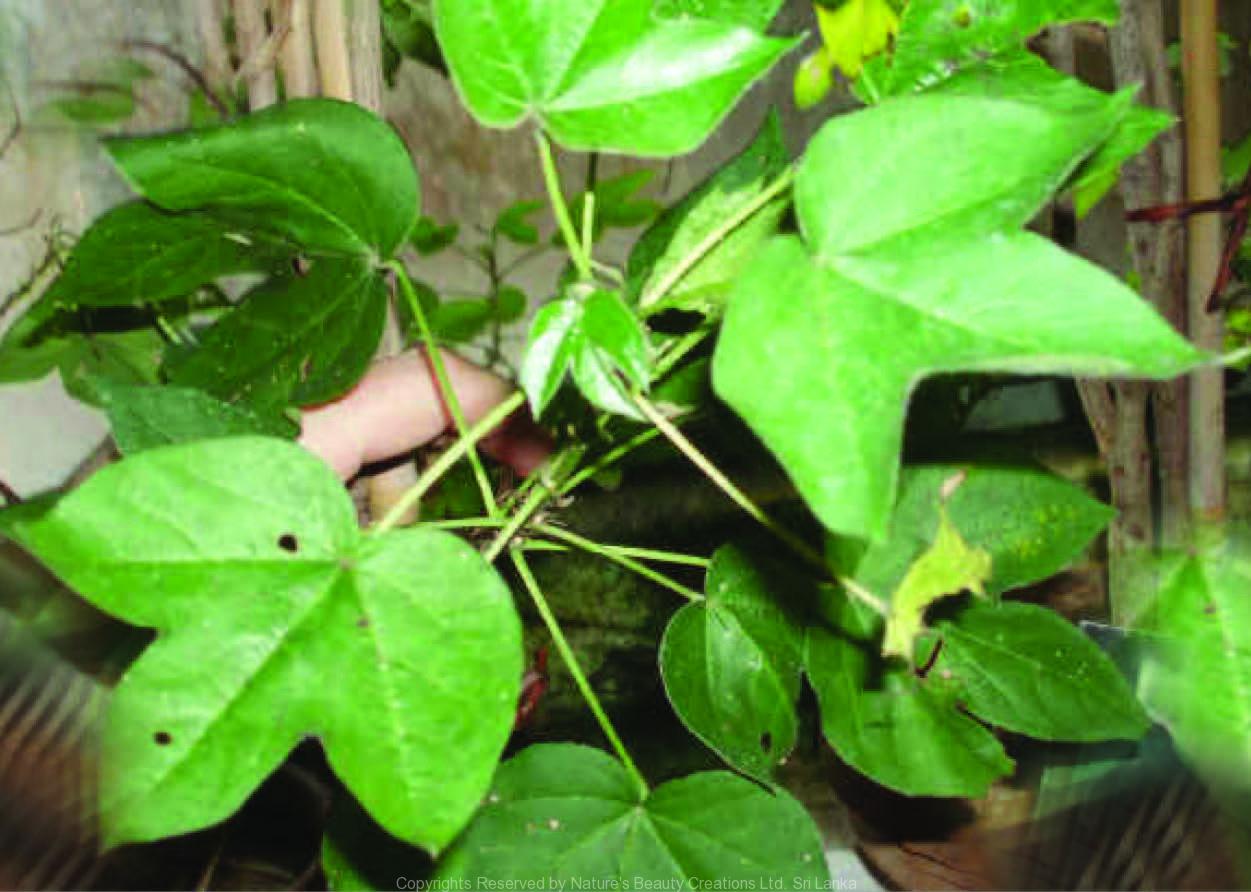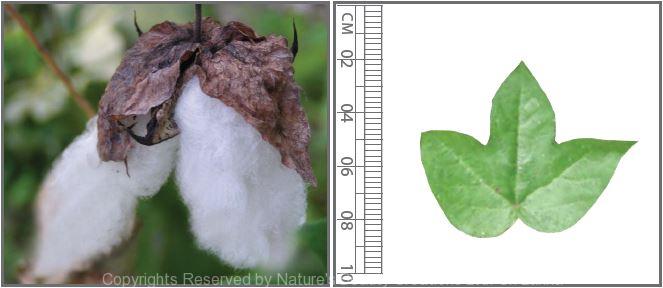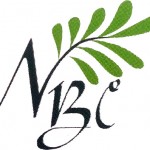

Traditional Knowledge
Useful plant parts :
Leaf, root, seed and flower
Uses in traditional medicine :
- Paste of crushed seeds is applied regularly for painful joints
- Leaf juice is applied around the eye for clear vision and red eye
- Paste of flower petals is applied on burns
- Leaves and roots are used in painful micturition
- Roots are used for irregular and painful menstruation and dysmenorrhea
- Roots are used as an emmenagogue and as an abortifacient
Scientific Research
Chemical constituents:
Flavonoids: gossypetin and quercetin glycosides from buds, petals and leaves
Bioactivity :
Aqueous extract of leaf: stimulates dermal fibroblast growth, antioxidative
Clinical:
References : Annan, K. and Houghton, P. J., (2008), Antibacterial, antioxidant and fibroblast growth stimulation of aqueous extracts of Ficus asperifolia Miq. and Gossypium arboreum L., wound-healing plants of Ghana, Journal of Ethnopharmacology, 119, 141-144. Hedin, P. A. et al., (1992), Evaluation of flavonoids in Gossypium arboreum (L.) cottons as potential source of resistance to tobacco budworm, Journal of Chemical Ecology, 18(2), 105-114.
Copyrights Reserved By
Natures Beauty Creations




